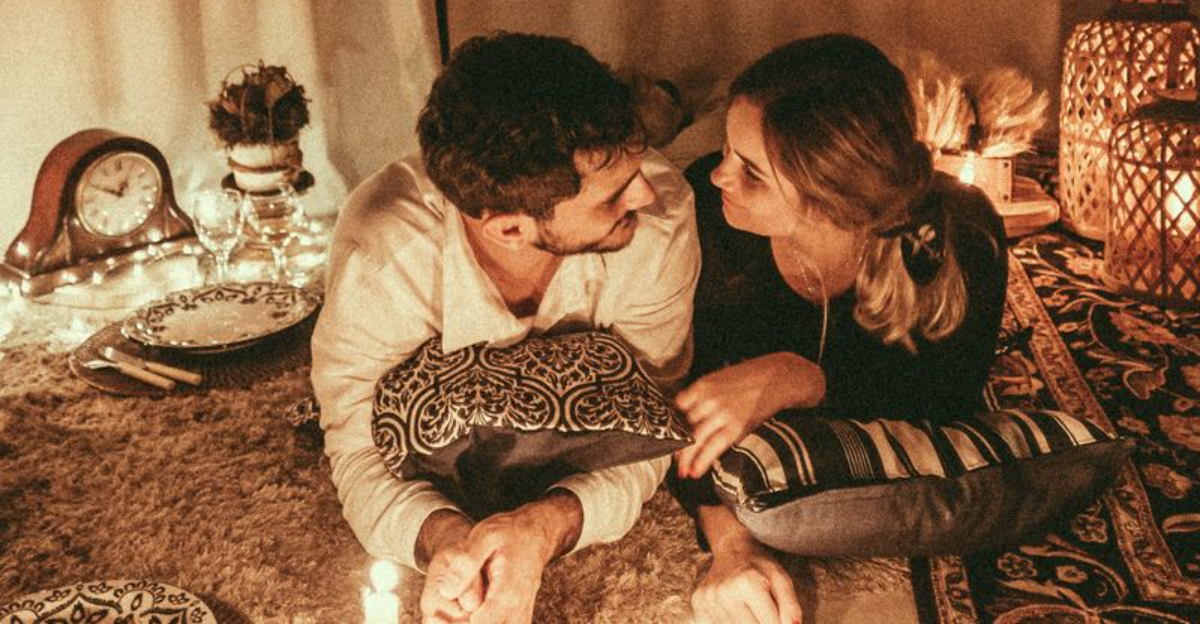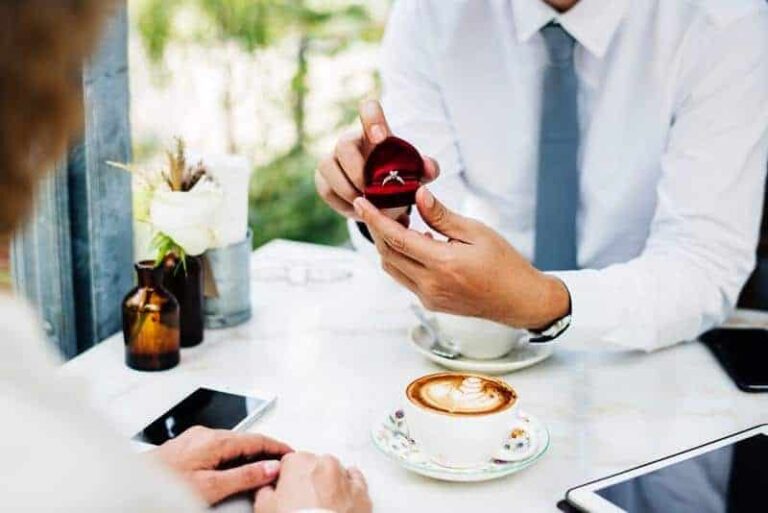17 Things Every Married Couple Did In The ’60s That Modern Therapists Now Recommend
Ever feel like modern marriage advice is just a remix of what your grandparents did—minus the questionable hairdos and avocado-hued appliances? You’re not alone.
It turns out, all those little habits married couples swore by in the ’60s weren’t just quaint—they’re actually goldmines of emotional wisdom that therapists are now waving around like the hottest new self-help book.
So, if you’ve ever caught yourself rolling your eyes at love letters, or wondered if holding hands in public is just for sappy movie couples, you might want to reconsider.
Let’s take a (very honest, slightly cheeky) look at 17 things every married couple did in the ’60s—behaviors that, surprise, modern therapists now recommend. Trust me, it’s not about time travel—it’s about rediscovering what really works.
1. Saying Please and Thank You Like You Mean It

Remember those old sitcoms where couples tossed around “please” and “thank you” like confetti at a wedding? Not just for the cameras—turns out, genuine politeness does wonders in a relationship.
When you treat your partner with the everyday courtesy you’d show a stranger, you’re basically telling them, “Hey, I see you, and I value you,” without the need for dramatic declarations. It’s so simple it almost feels like cheating, right? Gone are the days when courtesy was reserved for dinner guests or the mailman.
These tiny expressions of respect build up over time—like interest on a good savings account—creating an environment where everyone feels safe to be their slightly awkward, sometimes grumpy, totally lovable selves.
If you’re wondering whether your partner notices those magic words, try skipping them one day and watch how quickly the vibe shifts. Politeness isn’t old-fashioned; it’s relationship rocket fuel. Plus, it’s free. What’s not to love?
2. Having Your Own Friends (Seriously!)

If you’ve ever had a therapist gently suggest, “You need your own life outside this relationship,” congratulations, you’re already living like it’s 1965. Back then, it wasn’t weird to have poker nights, book clubs, or sewing circles that your spouse didn’t crash. Your own friends weren’t a threat—they were a lifeline.
This isn’t about secrecy or emotional distance. It’s about letting your identities breathe—giving your marriage some elbow room. Turns out, being a whole person with your own interests makes you way more interesting to come home to. Who knew your nostalgia for bowling night would become self-care gold?
Modern therapists love this idea because it keeps you from expecting your partner to be your everything. Permission to text your bestie for a spontaneous lunch: officially granted.
3. Dressing Up for Each Other—Not Just for Company
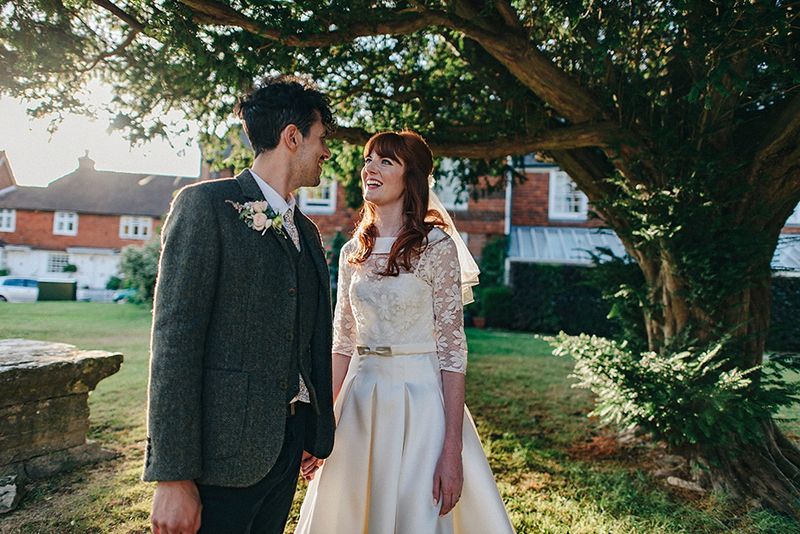
Pulling on your best dress or a sharp tie at home wasn’t just about impressing Betty and Bob from next door. Couples in the ’60s had a knack for showing up for each other—even if it was just Tuesday meatloaf. There’s something undeniably flattering about knowing your partner put in a little extra effort, just for you.
Fast forward to today, and therapists are all about intentional moments of attraction. No, you don’t have to rock a beehive or cufflinks (unless you want to), but showing you care enough to ditch the pajama bottoms speaks volumes. It signals, “You’re worth my best, even when it’s just us.”
The best part? You both get to feel seen, wanted, and a little bit glamorous, no special occasion required. Who says date night can’t happen in your own living room?
4. Not Going to Bed Angry (Even if It Means a Midnight Snack)
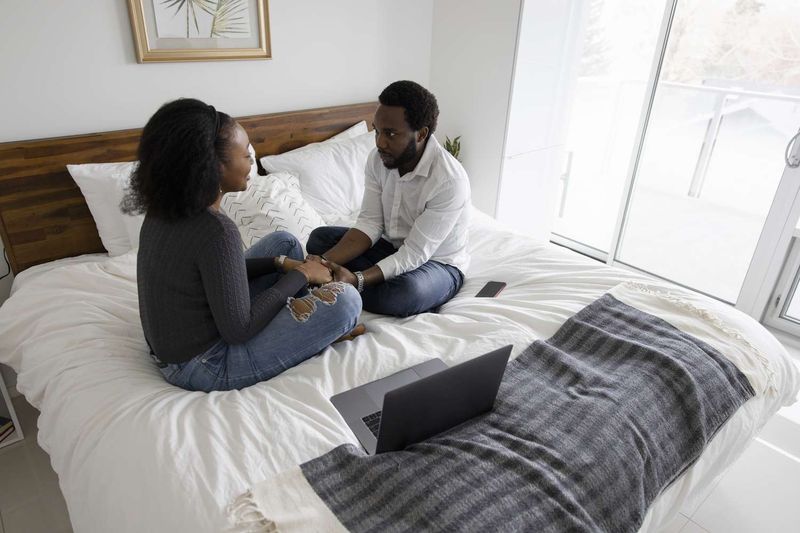
Is there anything more iconic than those TV couples who hashed things out before lights out? Sure, sometimes it looked a little staged, but the spirit behind it was real—clearing the air before sleep can save you from waking up in an emotional hangover.
Therapists today echo this wisdom, with a twist: don’t force resolution, but do make sure you’re not harboring silent resentment. Even if you agree to disagree, that late-night snack and honest talk can be more healing than hours of stewing in silence. There’s magic in facing the tough stuff, even when you’re tired.
So next time you’re tempted to pull the old silent treatment, try sharing a cookie instead. Midnight calories don’t count in marriage therapy, right?
5. Holding Hands—Even in Public
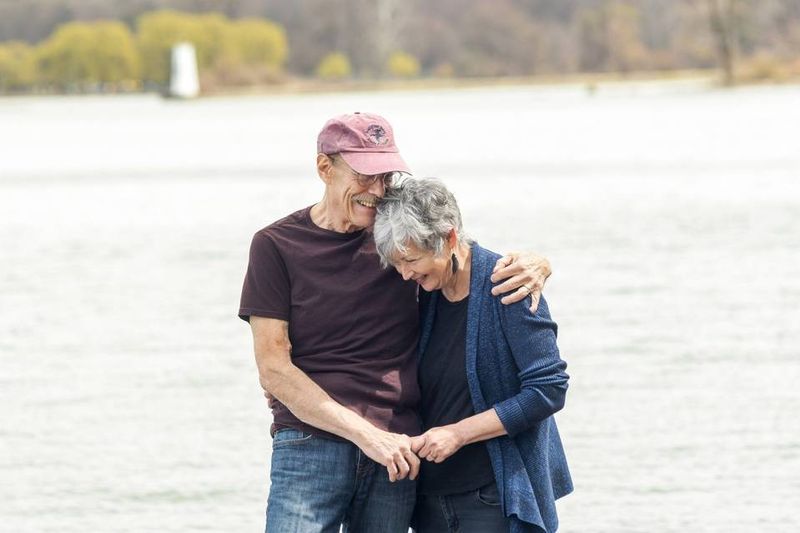
Remember when holding hands was the ultimate public declaration of togetherness? No social media post required—just fingers intertwined and a little swagger down the block. It’s a small gesture, but it packs a punch in the intimacy department.
Modern therapists are big fans of these subtle, physical connections. Not only does a quick hand squeeze say, “I’m here and I’ve got you,” it also triggers a whole cascade of feel-good brain chemicals. Who knew cheap thrills could be so effective?
If you’re worried about looking mushy in public, just picture your grandparents—cool as cucumbers, never apologizing for affection. If they could do it in polyester slacks, you can do it in yoga pants.
6. Having Regular Date Nights (Even if It’s Just TV Dinners)
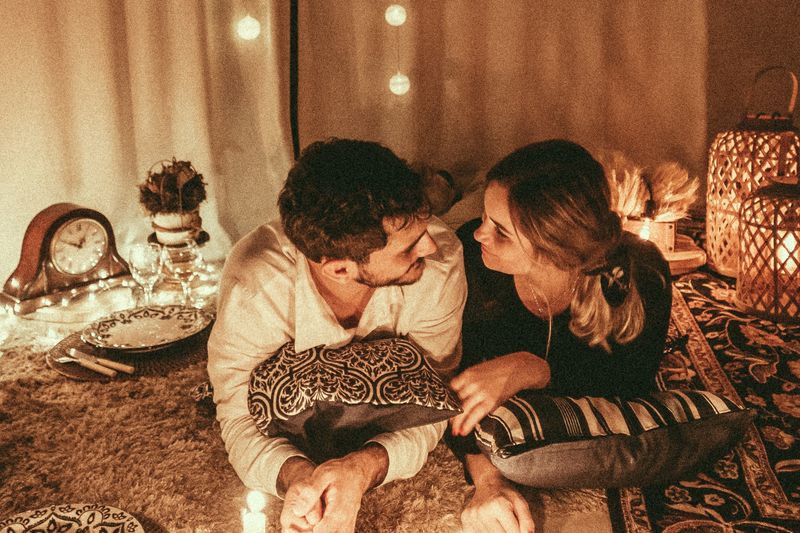
Before “date night” became a hashtag, married couples carved out time for each other—TV trays, reruns, and all. It didn’t have to be fancy; it just had to be you and your person, doing something together. The magic was in the ritual, not the restaurant.
Therapists now rave about the power of intentional time. Shared space, even if it’s just binging classic sitcoms or eating off matching trays, adds up to a deep sense of togetherness. And let’s be honest, the low-pressure setting means you’re free to be your weird, wonderful selves.
If your idea of romance is microwaved Salisbury steak and synchronized eye rolls at commercials, you’re already ahead of the curve. Pass the mashed potatoes—love is served.
7. Appreciating the Little Things (Like a Mean Cup of Coffee)

Your partner’s not a barista, but when they bring you the perfect cup of coffee on a groggy morning? That’s pure gold. In the ’60s, small acts of kindness—brewed coffee, packed lunches, folded laundry—were their own love language.
Therapists now champion gratitude for these little things. It’s about noticing the everyday gestures that often go unsung, and letting your partner know you see their effort. Sometimes a heartfelt “thanks for making my coffee” is more romantic than a dozen roses.
This habit turns your daily grind into a highlight reel of tiny victories. If you’re keeping score, everyone wins. Extra points for coffee art, no pressure.
8. Limiting the Complaints (But Not the Honesty)

Ever notice how older couples seemed to have an endless supply of patience for each other’s quirks? It wasn’t about bottling up frustration; it was about choosing their battles. Complaints were rationed like sugar during wartime—saving their energy for what really mattered.
Today, therapists echo this wisdom: be honest, but don’t turn every minor annoyance into a courtroom drama. Picking your moments for critique means your words carry more weight—and you don’t drown your marriage in negativity. Turns out, silence is sometimes golden, but so is knowing when to speak up.
So next time you’re tempted to comment on sock placement, maybe let it slide. Save your voice for the big stuff. Your sanity—and theirs—will thank you.
9. Celebrating Milestones—Big and Small
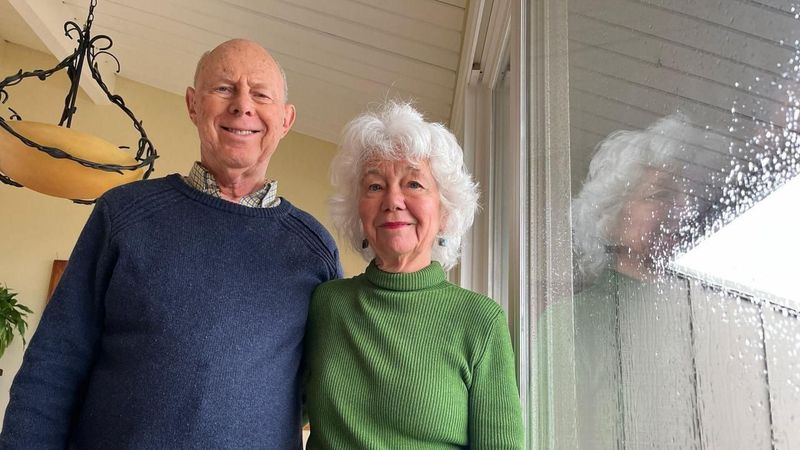
Anniversaries weren’t just an excuse for fancy dinners in the ’60s—they were a reason to celebrate survival, growth, and the fact that two people still liked each other after all these years. But it wasn’t just about the big stuff, either; promotions, backyard barbecues, or even surviving a week with in-laws got their moment in the spotlight.
Modern therapists now suggest marking these small wins. Every shared victory—no matter how silly—strengthens your sense of being a team. Making a big deal out of little successes turns your marriage into a highlight reel, not just a grind.
If you need a reason to break out that leftover birthday candle, here it is. Every ordinary milestone deserves a high five (cake optional but encouraged).
10. Doing Thoughtful Favors (Without a Scoreboard)
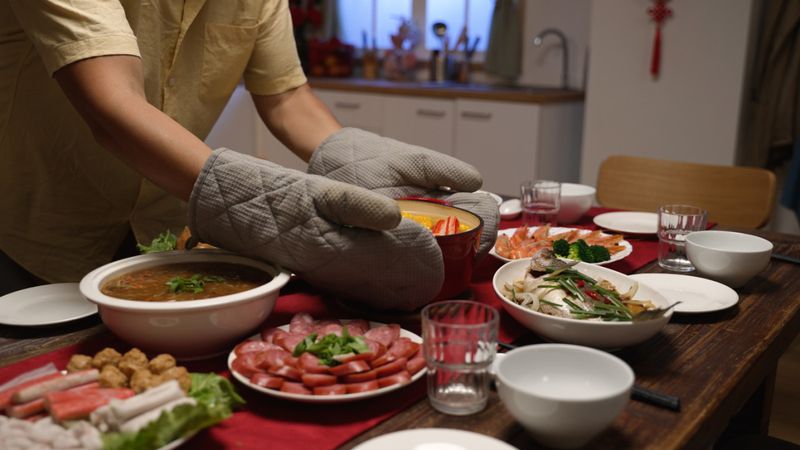
Your partner’s not keeping tabs, and neither should you. In the ’60s, doing thoughtful things for each other—scraping ice off the car, making breakfast, picking up dry cleaning—was just part of being a team. No exchanges, no IOUs, just love in action.
Therapists love this approach because it shifts your focus from fairness to generosity. It’s less about “who did what last” and more about “how can I make your day easier?” When everyone’s pitching in, resentment doesn’t have room to grow—and neither does that mental checklist of grievances.
When you’re tempted to keep score, remember: the best marriages are built on giving, not tallying. Bonus points if you bring the coffee with a side of cheesy humor.
11. Keeping Individual Hobbies Alive
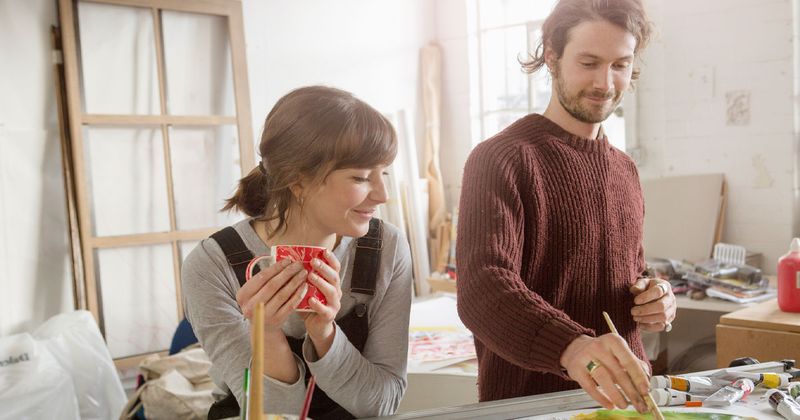
Here’s a not-so-secret: couples who had their own things going on—gardening, painting, model trains—were onto something. Back then, your interests weren’t a threat to your relationship; they were proof that you still had your own spark. It’s a form of self-care therapists wish everyone would rediscover.
Today, keeping hobbies alive (and guilt-free) is treated like relationship insurance. It gives you stories to share, space to breathe, and a chance to cheer each other on. Sometimes the happiest couples are the ones who aren’t glued at the hip.
So go ahead, dust off that guitar or grab your garden gloves. Your unique passions make you a better partner—and a much more interesting dinner conversationalist.
12. Being Present at Mealtime (TV Off, Eyes Up)
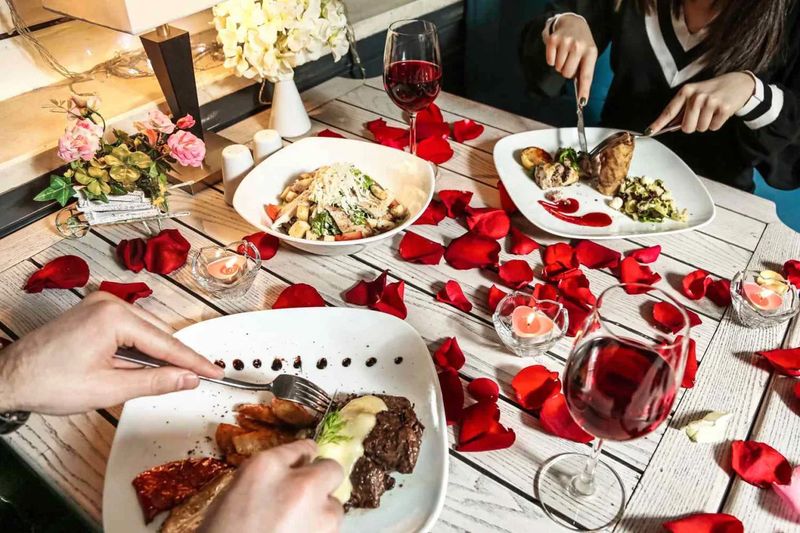
Family dinners once meant more than just refueling—they were nightly check-ins, laughter therapy, and sometimes, a minor food fight or two. The TV stayed off, and everyone was expected to show up, not just physically but emotionally. Those mealtime moments are where some of the best (and weirdest) stories get told.
Modern therapists now see mindful meals as relationship glue. Putting away devices and focusing on each other brings back that sense of shared ritual—and gives you time to catch up on life without emojis or notifications. A little eye contact over mashed potatoes goes a long way.
Try it: one meal, all present, no screens. Bonus points for passing the peas without a diplomatic incident.
13. Writing Love Notes (Even When You’re Mad)
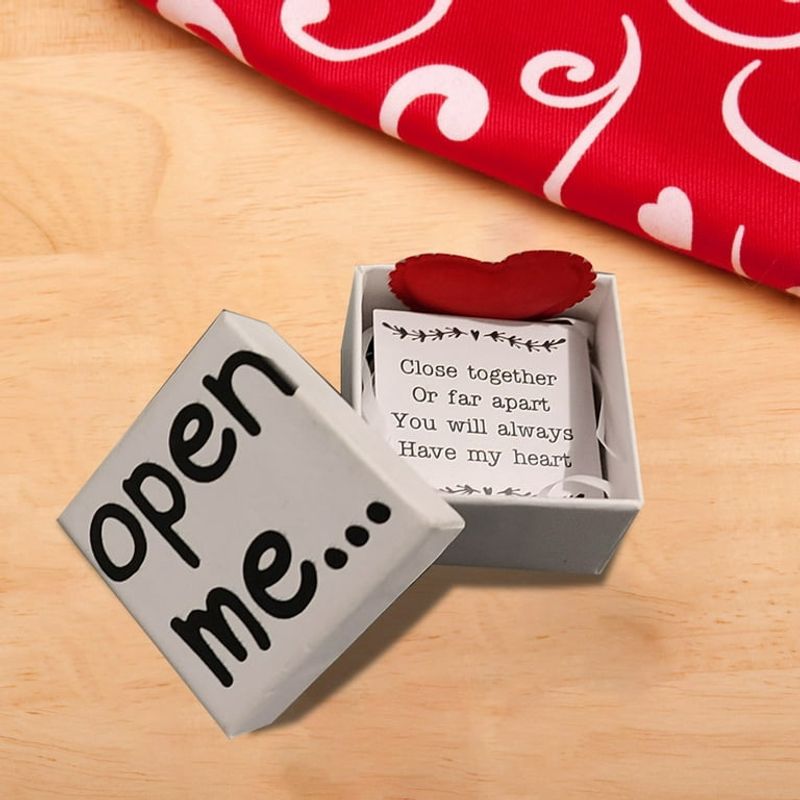
Slip a note into a lunchbox, scribble a silly message on the bathroom mirror—love letters weren’t a lost art in the ’60s, they were daily practice. Even couples who bickered still managed a “thinking of you” or “don’t forget your umbrella” in ink.
Now, therapists say written words can sometimes bridge emotional gaps faster than spoken ones. A quick note isn’t about grand gestures; it’s about saying, “Even when you annoy me, I still care.” Sometimes a sticky note trumps a long, tense conversation.
Keep a pad of paper handy, and let your pen do the talking. Who knew that a doodle of a sandwich could be the ultimate peace offering?
14. Backing Each Other Up—Especially in Public
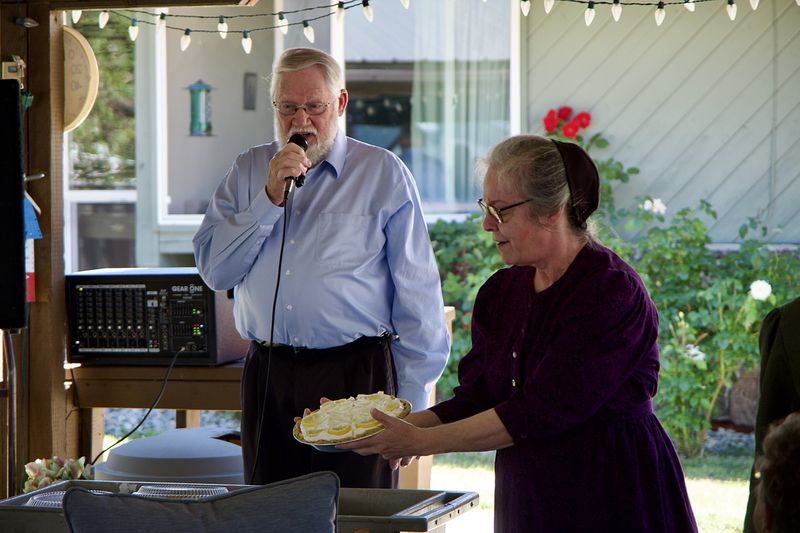
If you’ve ever had your partner step in and defend your questionable barbecue skills to the neighbors, you know what loyalty looks like. In the ’60s, couples had each other’s backs—especially in front of others. Disagreements were for behind closed doors, not backyard audiences.
Therapists now call this “solidarity.” Showing a united front builds trust and makes you both feel safe, even when you’re secretly debating potato salad recipes later. The message is clear: “We’re on the same team, even if we disagree sometimes.”
Save the critiques for after the party, and enjoy the strength of knowing someone’s in your corner—apron stains and all.
15. Calling Just to Check In
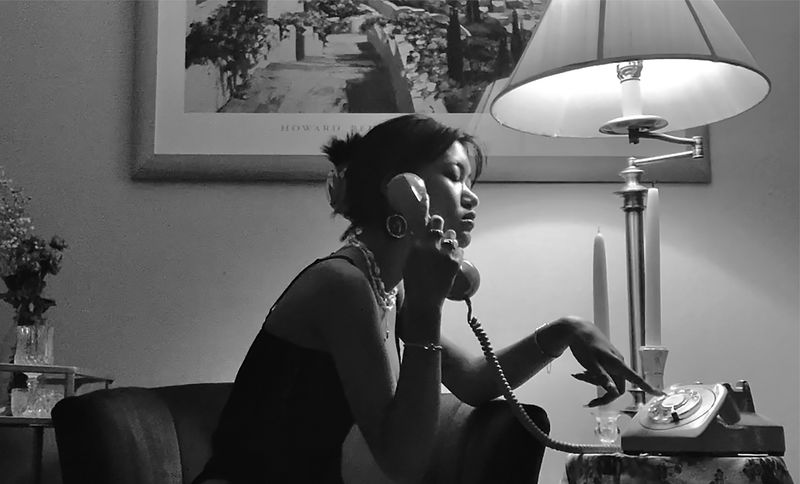
Remember when a quick phone call meant, “I’m thinking about you,” not just a logistical check-in? Back in the ’60s, a lunchtime ring from the office was the equivalent of a digital hug—no agenda, just a chance to say hi and remind you that someone out there cared.
Therapists now recommend intentional check-ins, too. The goal isn’t to micromanage, it’s to stay connected amid busy days. Even a three-minute chat can reset the emotional thermostat and make the workday a little less lonely.
So next time you have a couple minutes to spare, dial in for nostalgia’s sake. Your partner will appreciate the interruption—especially if it means avoiding another spreadsheet.
16. Letting Go of Perfection (and Laughing About It)
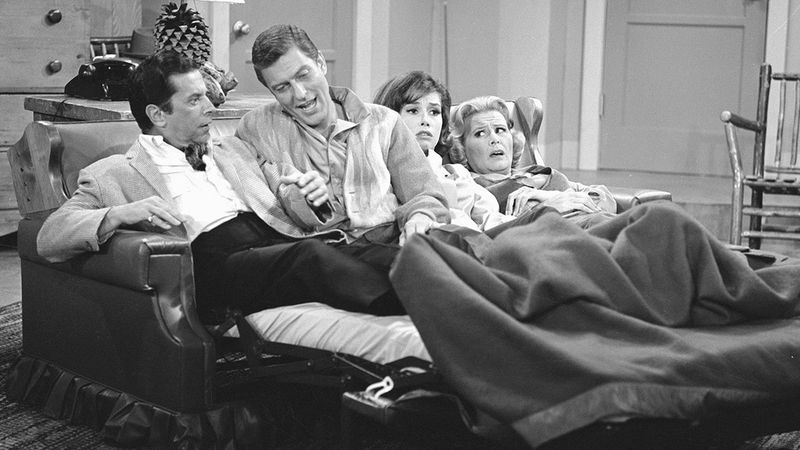
Ever notice how those ’60s sitcom couples survived burnt toast, wardrobe malfunctions, and unannounced guests with a chuckle? Perfection wasn’t the goal—laughing it off was. Those living room mishaps became shared jokes, not sources of shame.
These days, therapists urge couples to drop the act and embrace the mess. Life’s too short to sweat the unmatched socks or late-night pizza boxes. Humor softens the hard edges, turning ordinary frustrations into moments of connection.
Instead of striving for a spotless house or an Instagrammable dinner, find joy in the chaos you create together. Messy is the new magical—pass it on.
17. Apologizing with Heart (and Sometimes Pie)

Whether it was making peace with a homemade pie or a sheepish grin, ’60s couples knew the art of a real apology. It wasn’t about who was right—it was about being brave enough to say, “I messed up, and you matter more than my ego.” A slice of humility, served with dessert.
Modern therapists are all in on apologies that come from the heart. Forget grand speeches or dramatic gestures—a simple, honest “I’m sorry” is enough. If you want to sweeten the deal with baked goods, even better.
Next time you trip up, skip the defensive monologue. Just own it, offer some comfort food, and get back to being your perfectly imperfect selves.

